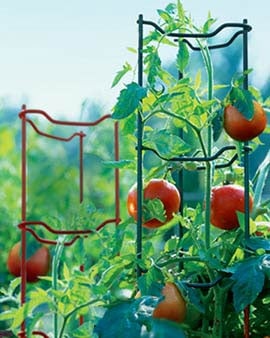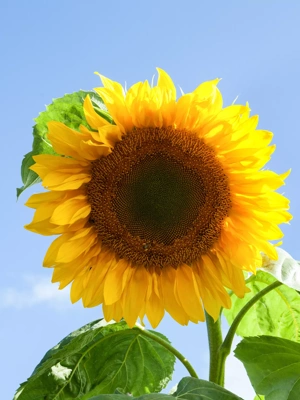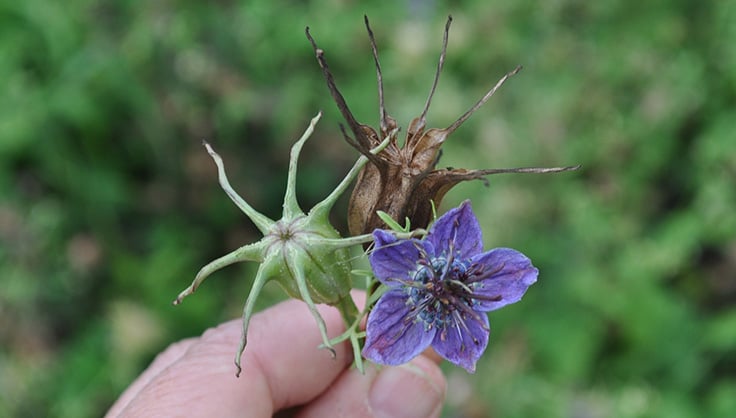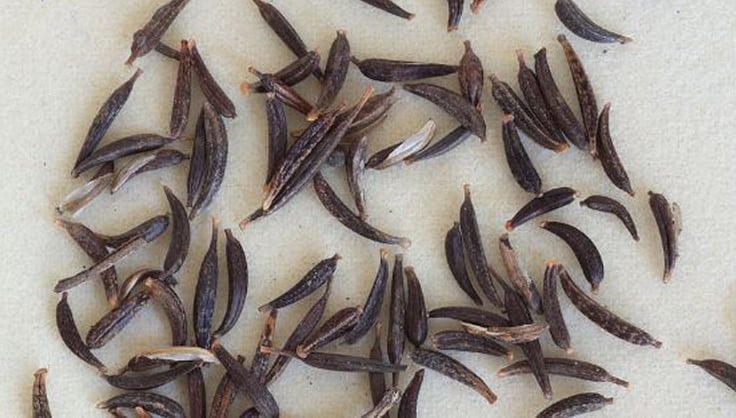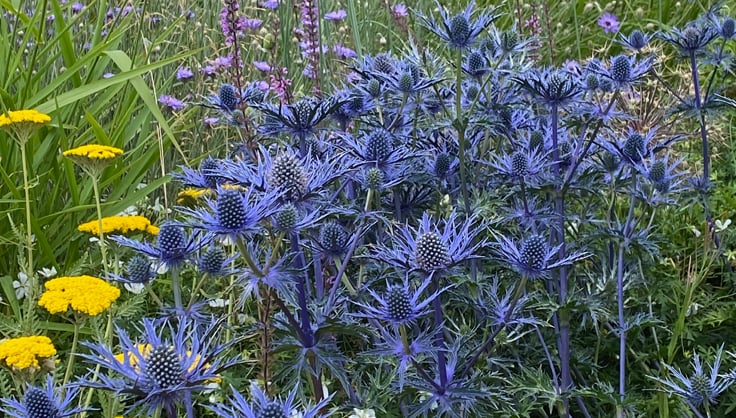What to Plant
Fill your garden with the types of vegetables you like to eat. If you’re big on salads, plant head lettuce, a lettuce cutting mix, cherry tomatoes, cucumbers and carrots. If you love cooking, plant onions and peppers, leeks, potatoes and herbs. Try to include at least one vegetable that’s new to you. Discovery is half the fun.
Gardening in a raised bed is all about maximizing productivity. The challenge is to grow as much food as possible while resisting the temptation to squeeze in too many plants. Overcrowded plants never reach their full potential because they’re stressed by poor air circulation and competition for water, nutrients and root space.
Our Kitchen Garden Planner provides planting guidelines to help space your plants correctly. Optimum spacing will vary somewhat, depending on specific plant varieties as well as on your growing conditions. A bush watermelon, such as Sugar Baby, has 3 ft. to 4 ft. vines, while the vines of a full-size watermelon, such as Ruby, can be 15 feet long. Likewise, in Texas, tomato plants often get to be over 7 feet tall, yet in Vermont they usually top out at 4 feet. With experience, you’ll gradually get a sense for just how much space each type of plant requires.
It’s also important consider how each plant’s growth habit (bushy, climbing, trailing) will affect its neighbors in same the bed. Planting lettuce next to carrots is fine; planting lettuce next to a sprawling cucumber plant may be a problem. Stakes, ladders and cages will help keep unruly plants from competing with their neighbors. They will also keep the garden neater and more manageable.
Though most of the vegetables you’ll want to grow could be started directly in the garden from seed, in many cases it’s best to start out with a plant. Starting with a plant usually shortens the time to harvest by a month or more. In cold regions, where the growing season may be less than 100 days, a tomato or pepper plant that’s started in the garden from seed will not have time to mature before frost. When you're putting in just one or two plants of a particular type of vegetable (such as broccoli or tomatoes), it sometimes makes more sense to purchase a couple plants rather than invest in an entire packet of seeds.
Vegetables that can be sown directly into the garden from seed include root crops such as carrots and beets, beans, peas, corn, cucumbers, squash and salad greens. In some cases, these crops are direct-sown because they do not transplant well and it’s best to sow the seeds right where they’re going to grow. In the case of salad greens, which germinate well and grow quickly, it is simply more economical to purchase a packet of seeds than to purchase multiple six-packs of lettuce seedlings.
Potatoes can be started from seed but almost nobody does so. It’s much faster and easier to grow a new potato plant from a tuber rather than from a seed. Onions can be put into the garden as seeds, but more often they go in as plants or as “sets”, which are simply tiny mature onions from the prior growing season. Garlic and shallots are usually planted from sets as well. Leeks go into the garden as young plants. Some herbs should be put in as plants, some (cilantro and dill) should be seeded right where they are to grow.
Last updated: 06/30/2023
Print this Article:
Related items
Related Articles
Get the Dirt
Stay up to date on new articles and advice. Please fill out the information below.

